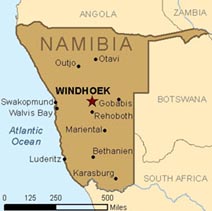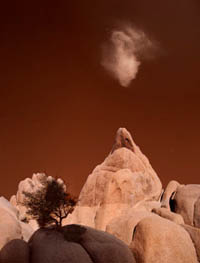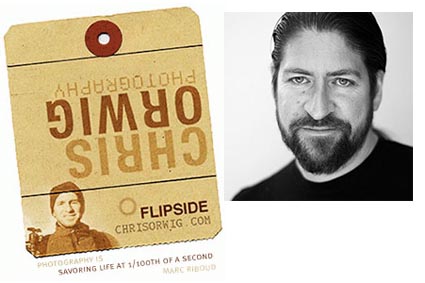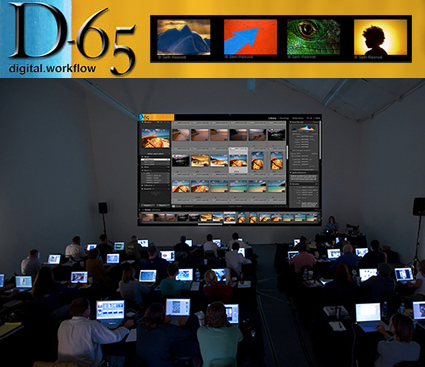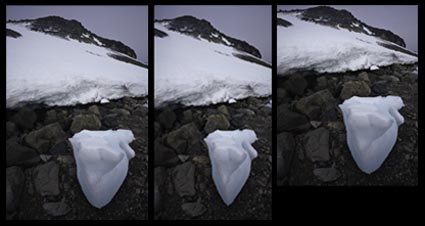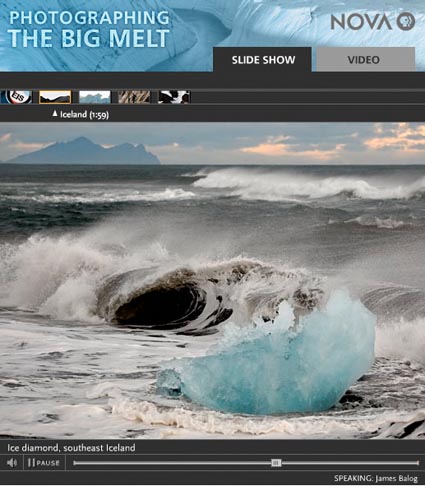
Blurb put on a great seminar on new bookmaking possibilities at the Palm Springs Photo Festival.
Blurb makes possible small run, limited edition books, a majority of which wouldn’t be published in the mainstream publishing world. In comparison to high end traditional offset printing Blurb’s final product is a limited run, lo-fi approach. The cost per item is greater than traditional offset printing, but you can produce as few books as you like. You assume the financial risk, not the publisher, but you can limit or even eliminate your risk. There are only six sizes (harcover or softcover, with three different binding process. You have a limited choice of paper stocks – standard and premium. The color management is good but not excellent.
Blurb books look similar to traditional books, but they’re different. Really different. How? Create your own online private or public bookstore. Quickly and easily design your own book yourself with Blurb’s online software. (Some have done it in as few as 20 minutes.) Blurb will then produce as many or as few copies as you like and send them where you want them within a week. You can make them available for purchase by others. Blurb can fulfill orders for you. And if you make a profit, they’ll send you a check. You can update your book at any time; within hours or for the second copy ordered. And last, but certainly not least, everything in the text in your Blurb book is searchable; a Google search will find text in the captions for images! That’s amazing!
Blurb is a powerful new addition to the creation of book. They printed over 400,000 titles in 2008. This is a huge paradigm shift for the way we make books and share our work with others.
Check out Blurb here.
Check out my Blurb book Antarctica here (and stay tuned for the updated version coming soon).
